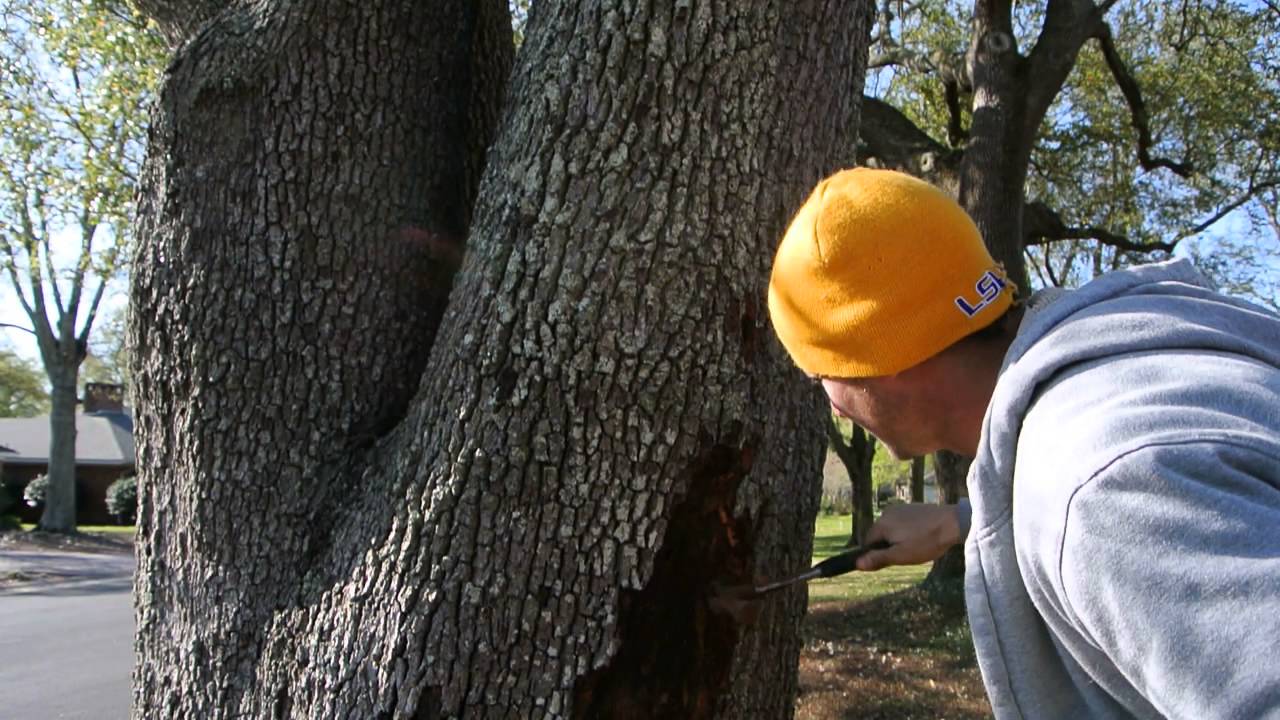When you spot strange growths or discoloured patches on your tree bark, it’s natural to feel worried. Tree fungus is more than just unsightly – it can be a sign of deeper health problems that threaten the stability of your garden, driveway or even your home’s safety. Across Wolverhampton, homeowners often ask one pressing question: how do tree surgeons safely treat tree fungus issues without causing further damage?
In this article, we’ll walk you through how professional tree surgeons tackle fungal threats step by step, why early detection matters, and how services such as tree removal, site clearance, and hedge trimming often play a role in restoring the health of your outdoor space.
Understanding Tree Fungus and Why It Matters
Tree fungus comes in many forms, from honey fungus that can spread underground to bracket fungi that weaken trunks from within. While some fungi are harmless, others slowly eat away at the tree’s structure, leaving it unstable. In Wolverhampton, where many mature trees line residential gardens and public pathways, this is more than a cosmetic issue – it’s a safety concern.
Tree surgeons are trained to recognise the difference between harmless surface growths and invasive species that require urgent treatment. Attempting DIY removal can spread spores, damage bark, or cause instability, which is why professional diagnosis is essential.
The Process Tree Surgeons Use to Treat Fungus
Step 1: Detailed Inspection and Risk Assessment
The first step always involves a full inspection. A qualified tree surgeon will examine not only the visible fungus but also the tree’s roots, canopy, and surrounding soil. They may use tools like mallets to detect hollow sounds in the trunk or resistograph drills to test wood density.
In Wolverhampton, with its mix of clay and sandy soils, environmental conditions can accelerate fungal growth, so local expertise is invaluable.
Step 2: Pruning and Removing Affected Areas
Once identified, surgeons often start by carefully pruning infected branches. This removes the immediate source of fungal spread while improving air circulation. Hedge trimming techniques may be applied to surrounding plants to ensure light and airflow reduce humidity – conditions that fungi thrive on.
Step 3: Soil and Root Treatment
Fungus frequently spreads underground through root systems. Tree surgeons may apply eco-friendly fungicides or adjust soil conditions to slow the infection. In some cases, improving drainage or carrying out partial site clearance prevents waterlogging, which otherwise fuels fungal outbreaks.
Step 4: Tree Removal as a Last Resort
When the fungus has compromised a tree beyond recovery, safe tree removal becomes necessary. In Wolverhampton’s urban gardens, where trees are close to homes, fences, and power lines, removal requires specialist equipment and rigging techniques to prevent accidents. While it’s never the preferred outcome, removal protects nearby healthy trees and ensures family safety.
Real-Life Example from Wolverhampton
Last year, a homeowner in Tettenhall noticed a large bracket fungus spreading across the base of an oak tree. By the time a tree surgeon inspected it, the core was dangerously weakened. The professionals recommended staged removal dismantling the tree piece by piece using ropes to avoid damage to neighbouring properties.
Meanwhile, site clearance and soil treatment stopped the spread to surrounding sycamores. Without timely professional action, the oak could have collapsed in heavy winds, posing a major risk to the garden and nearby road.
The Role of Prevention and Maintenance
While treatments exist, prevention is always better than cure. Regular hedge trimming, routine inspections, and removing decayed stumps all help reduce the chance of fungus taking hold. In Wolverhampton, where damp autumns often fuel outbreaks, scheduling annual checks with local tree surgeons can save both money and heartache in the long run.
Why Professional Expertise Matters
Tree surgery isn’t just about having the right saws and ropes – it requires training, safety knowledge, and a scientific understanding of tree biology. Treating fungus incorrectly can harm wildlife, contaminate soil, or accelerate tree decline. By relying on experienced local professionals, you’re ensuring that your garden stays healthy and your family safe.
Final Thoughts
Tree fungus might look like a minor issue at first glance, but left untreated it can destabilise even the strongest of trees. From precise pruning and soil treatments to safe tree removal and full site clearance, Wolverhampton tree surgeons have the knowledge and equipment to deal with fungus in a way that protects your landscape and property.
If you’ve noticed unusual growths or suspect a fungal infection, don’t wait until the damage becomes irreversible. Contact a trusted local tree surgeon today to arrange an inspection and keep your garden thriving.


Comments are closed